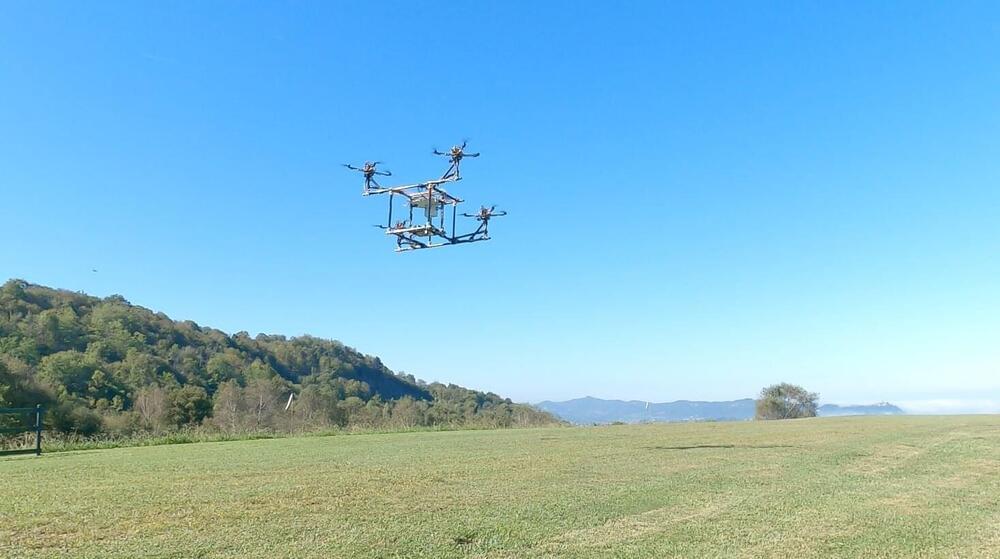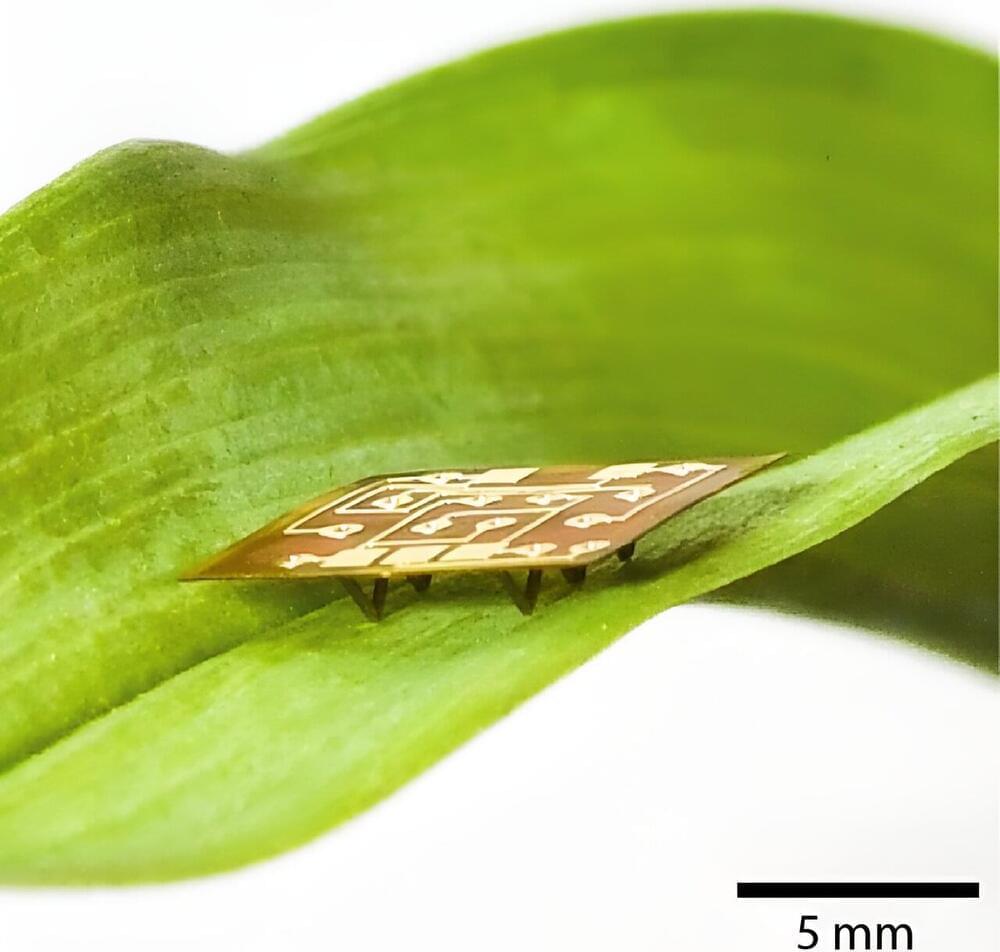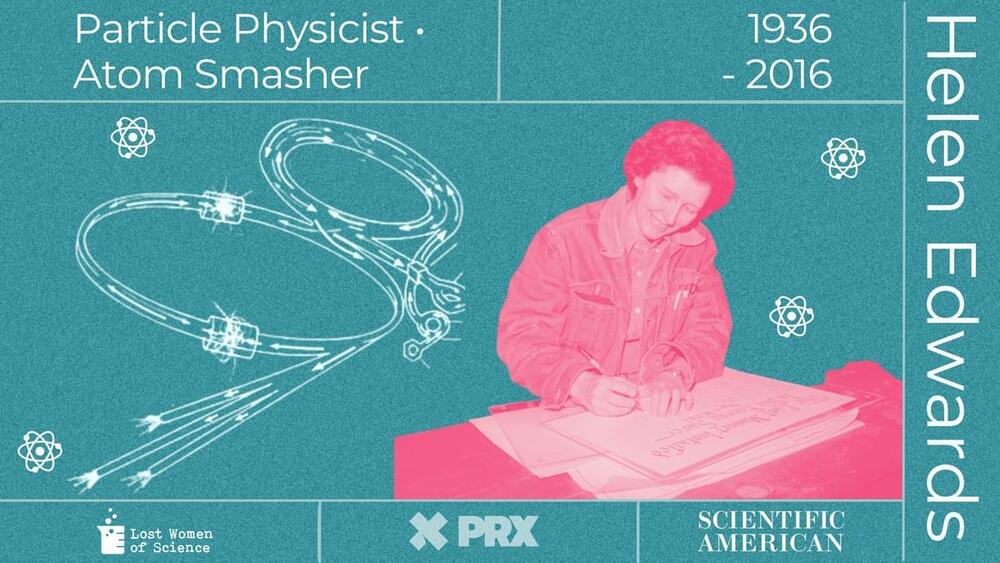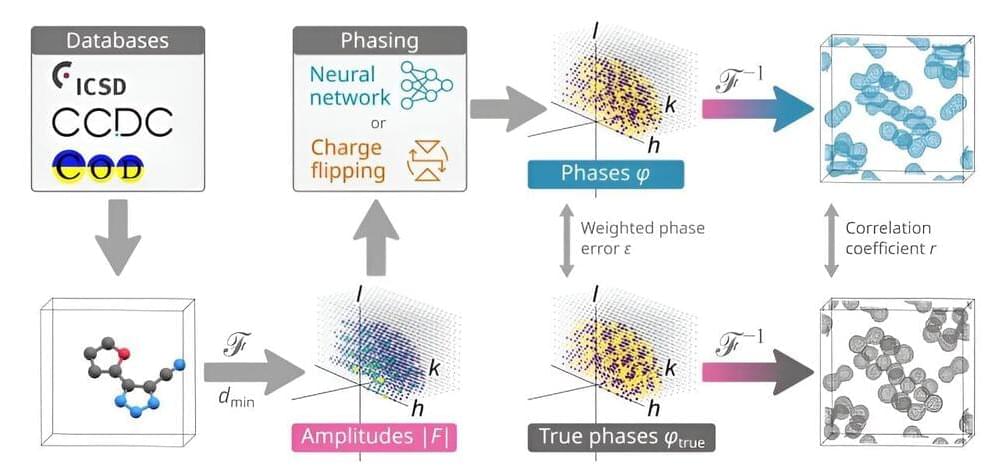Unmanned aerial vehicles (UAVs), commonly known as drones, are now used to capture images and carry out a wide range of missions in outdoor environments. While there are now several UAV designs with different advantages and characteristics, most conventional aerial robots are underactuated, meaning that they have fewer independent actuators than their degrees of freedom (DoF).
Underactuated systems are often more cost-effective and can be controlled using simpler control strategies than overactuated systems (i.e., robots that have more independent actuators than their DoF). Nonetheless, they are often less reliable and not as capable of precisely controlling their position and orientation.
Researchers at Tecnalia’s Basque Research and Technology Alliance (BRTA) in Spain recently developed a new overactuated aerial robot that can independently control the position and orientation of its main body. This robot, introduced in a paper published in Robotics and Autonomous Systems, has four quadrotors that cooperatively carry its central body.





